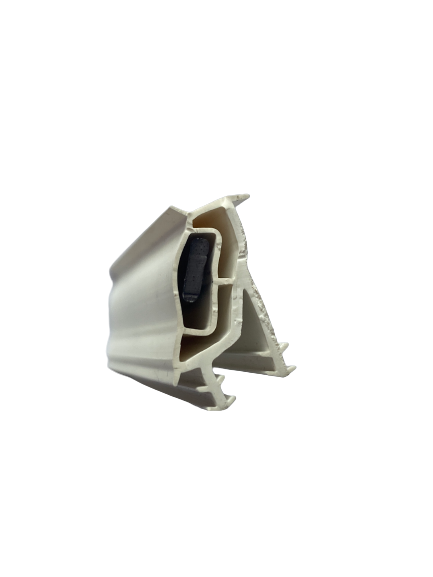dec . 04, 2024 06:55 Back to list
Effective Lower Door Weather Stripping Solutions for Enhanced Home Insulation and Energy Efficiency
The Importance of Lower Door Weather Stripping A Guide
As homeowners, we often overlook the smaller details in our homes that can have a significant impact on energy efficiency, comfort, and overall maintenance. One such detail is lower door weather stripping. This often-forgotten element plays a crucial role in creating a comfortable living environment while also promoting energy efficiency. In this article, we will explore the importance of lower door weather stripping, how it works, and tips for installation and maintenance.
What is Lower Door Weather Stripping?
Lower door weather stripping refers to the sealing material applied along the bottom edge of a door. Its primary function is to prevent air leaks, water intrusion, and pest entry. Weather stripping can be made from various materials, including rubber, foam, and vinyl. Depending on the specific needs of your home and the type of door, different materials may be more suitable.
How Does It Work?
Weather stripping works by filling the gaps between the door and the door frame or threshold. When a door is closed, weather stripping creates a tight seal that blocks out drafts, moisture, and unwanted critters. This is particularly important during extreme weather conditions, as it helps maintain a consistent indoor temperature, reducing the burden on HVAC systems.
Benefits of Lower Door Weather Stripping
1. Energy Efficiency By preventing air leaks, lower door weather stripping helps to reduce heating and cooling costs. Studies have shown that sealing gaps and cracks can save homeowners up to 20% on energy bills. This is especially effective in older homes that may not have been built with modern energy efficiency standards in mind.
2. Comfort A well-sealed door minimizes drafts, which significantly improves indoor comfort. This is particularly beneficial during winter months when cold drafts can make indoor spaces uncomfortable. Conversely, in the summer, proper weather stripping can help keep cool air inside, contributing to a more pleasant environment.
3. Moisture Prevention Weather stripping helps to keep moisture out, protecting your home from water damage. This is especially important in areas prone to heavy rain or snow. By preventing water intrusion, weather stripping also reduces the risk of mold and mildew growth, which can have serious health implications for occupants.
4. Pest Control Lower door weather stripping acts as a barrier to pests looking to enter your home. Cockroaches, ants, rodents, and other unwanted guests can easily squeeze through small gaps. Effective weather stripping can help keep these pests at bay, promoting a healthier living environment.
5. Aesthetic Appeal Aside from its functional benefits, weather stripping can also enhance the appearance of your doors. It gives a finished look and can be found in various colors and designs, allowing homeowners to choose options that complement their home’s style.
lower door weather stripping

Installation Tips
Installing lower door weather stripping is a straightforward DIY task that can be completed in just a few steps
1. Choose the Right Material Assess the door and select a weather stripping material that suits your needs. Consider factors such as durability, climate, and aesthetics.
2. Measure the Door Use a tape measure to determine the exact length needed for the bottom of the door.
3. Cut to Size Most weather stripping materials can be cut to size with scissors or a utility knife. Ensure you make clean cuts for optimal sealing.
4. Clean the Surface Before applying the weather stripping, clean the door edge to remove any dust or debris. This will ensure a strong adhesive bond.
5. Apply the Weather Stripping Follow the manufacturer’s instructions for application. Ensure it is firmly adhered and fits snugly against the door.
6. Test the Seal Close the door and check for any gaps. Adjust as necessary to ensure a tight seal.
Maintenance
Regular maintenance of lower door weather stripping is essential for ensuring its effectiveness. Inspect it periodically for signs of wear and tear, such as cracks or peeling. Depending on the material, it may need to be replaced every few years to maintain optimal performance.
Conclusion
Lower door weather stripping is a small but vital component of home maintenance that contributes to energy efficiency, comfort, and protection against moisture and pests. By investing time and effort into its installation and upkeep, homeowners can enjoy a more comfortable and cost-effective living space. Whether you’re looking to enhance your home’s energy efficiency or simply want to keep it cozy during harsh weather, proper weather stripping is an investment worth making.




